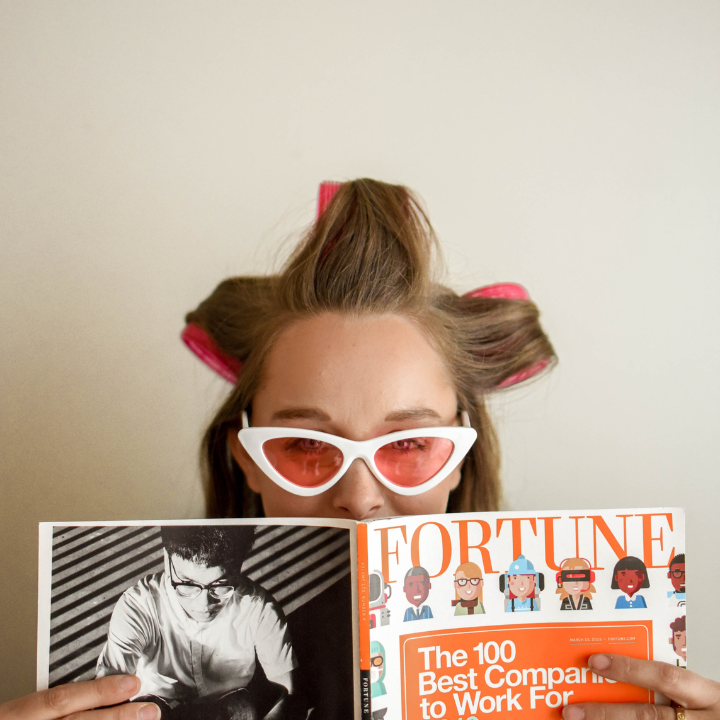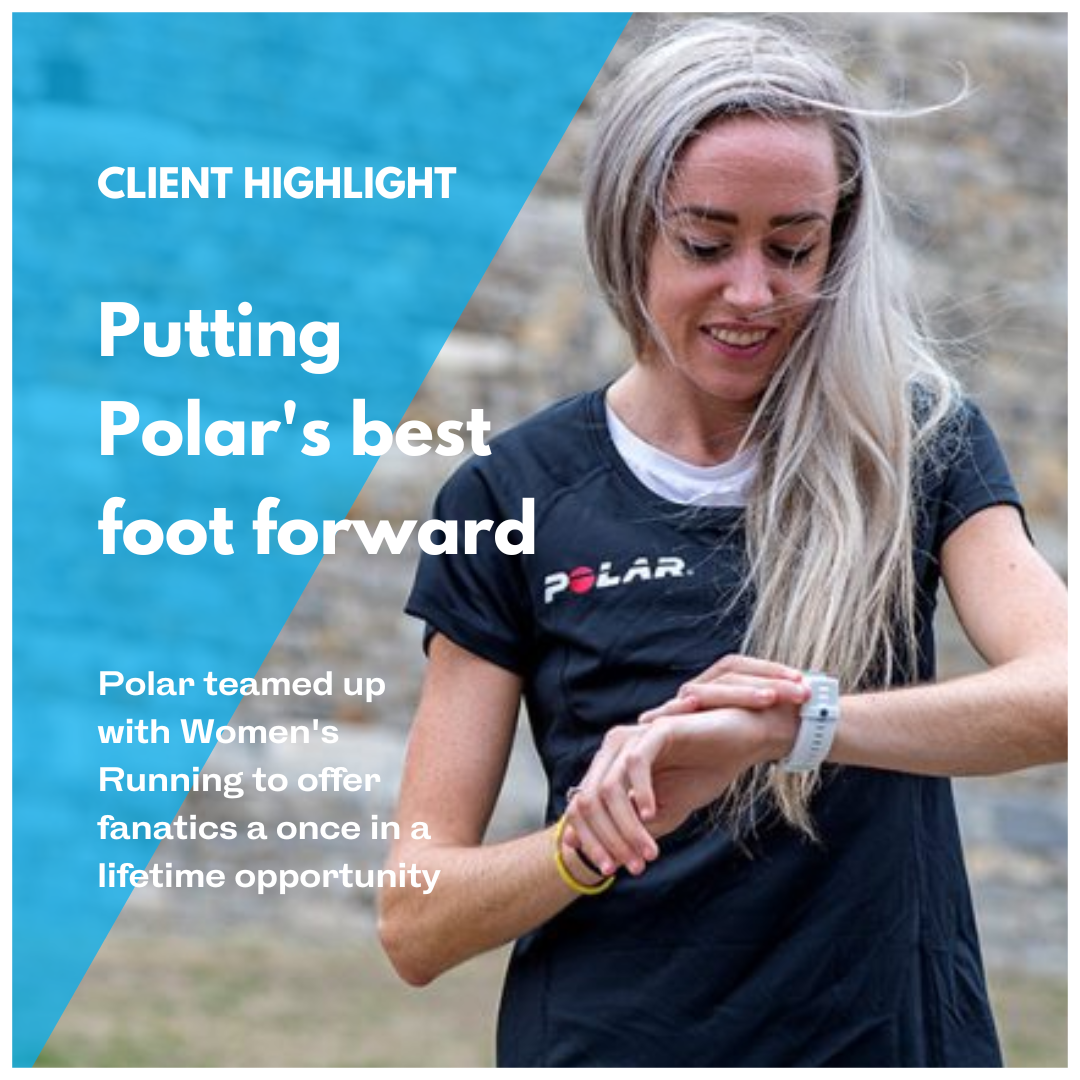
The value of paid media partnerships in PR campaigns
Media partnerships can be the golden ticket in landing your dream piece of content in a target media channel, but how exactly do they work?
Simply put, media partnerships are a paid-for collaboration with any media outlet. The end product can be in print, digital or on social. One of the most common forms of a media partnership is a written article. However, these partnerships span everything from social media competitions to hosted roundtable discussions. If you want to hear more insights on media partnerships, check out our podcast, Episode 7 from Season 3 of Revitalise & Grow.
There is a distinction between these partnerships and adverts. With advertising, you are buying space from a publication to market something and, within reason, you are free to post what you wish. A partnership is a much more mutually beneficial and collaborative project, more than a one-off advert, that can be totally bespoke to help meet your business objectives.
A recent example would be ADPR’s work with Polar, a market leading wearable sport technology brand, and their partnership with media publication Women’s Running. The online website and social media competition through Women’s Running channels provided winners with new kit and training plans, which they regularly posted about on social media in the run up (excuse the pun) to a marathon. The end results far surpassed the initial expectations from the partnership and most importantly, hit those target objectives for the business. Read more about the case study here.
Benefits of a media partnership
- Control of the end product – through your media partnership, you’ll be working in close collaboration with the media channel. This means that you can ensure the product includes your brand’s key messages, as well as those all-important call to actions. Links through to your website or social channels can be really impactful and help raise brand awareness in a way that doesn’t feel like an advert.
- Support – any media partner you choose will have an interest in the partnership performing well, so you should make the most of the support that they will be happy to offer. From experienced asset designers to editorial professionals, you have a team of credible, highly skilled people working on your project. Make sure to tap into their expertise!
- Editorial feel – while media partnerships will still be disclaimed as such, they’ll feel much more editorial than an advert. While usually a journalist will have to be balanced in their writing and will rarely cover a single brand in a large story, a partnership allows you to land that big splash focused just on you.
- Start of a media relationship – through working closely with a media partner, you’ll be front of mind when they next work on an editorial piece in the market you operate in. They’ll remember if you were great to work with, so will often come to you for comment or questions, even after the partnership is over.
Choosing the right partner
It can be tricky to find the right media partner, but the below steps offer some guidance into how to go about narrowing down your choices.
- Know your target audience – who do you want to see this project? While a national title will have a much bigger audience, a niche publication will have a more specific and potentially more engaged readership. Remember that above all else your content should provide value to the partner and, most importantly of all, their audience (who should be your target market!)
- Avoid vanity projects – while it can be tempting to go for a title that everyone knows and will be great to show off to your friends and colleagues, you should pick a title that will be worthwhile for your business. Know your objectives and work out who will be best in helping you achieve them.
- Budget – while we all dream of projects with unlimited budgets, sadly they are often not a reality. Media partners will happily discuss what they can offer within your specific budget, so don’t be afraid of opening initial conversations – you don’t have to commit anything during this stage.
What the partnership should look like
While in the planning phase, you should really allow yourself to think outside the box. Rather than trying to come up with the one perfect idea, connect a few together. A social media competition that feeds into an article. A thought leadership piece discussed at a roundtable. A podcast filmed and cut into videos clips for social. The possibilities are endless!
The best projects will be collaborative, so again, work with your media partner, as they’ll know what works best for their audience. They’ll help refine your initial ideas and ensure you can get your key message across in the right way.
What does success look like
When determining what success looks like, you need to jump in your time machine and leap forward to the end of the partnership. How would you be able to tell if it’s been a success? This will be different for every brand, so really hone down on what matters to you and your business. Ensure you can measure those metrics from the start.
For some this will be very technical online metrics; how many people read whole articles by scrolling to the bottom of the page, how many people clicked a link or different web traffic numbers. For others it will be attendance at an event or as simple as a measurable increase in sales. There really is no “one size fits all” when it comes to these partnerships – figure out what matters to you.
Carrying out a media partnership can be an extremely valuable experience, no matter the size of your business. If you’re sold on media partnerships but not quite sure where to start or give it the time and attention you know it deserves, get in touch with us – we’d love to talk to you about next steps.
You may also like to listen to this episode of the Revitalise & Grow podcast on how to create award-winning PR campaigns – happy listening!

